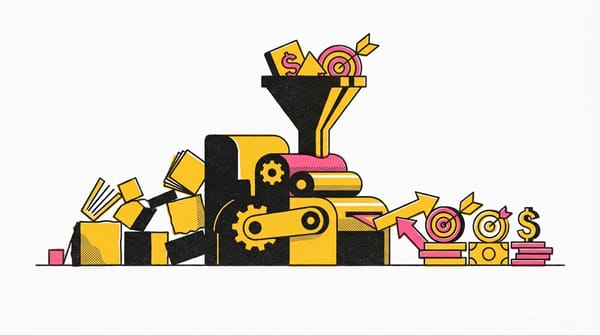Complete guide to conducting successful customer development (CustDev) interviews and what questions are harmful to ask potential customers
Unlock the secrets to successful CustDev interviews! Learn key questions to ask—and avoid—to truly understand your customers' needs.

In this article, I've detailed how to conduct CustDev interviews, inspired by Rob Fitzpatrick and his book "The Mom Test: How to Talk to Customers and Learn If Your Business is a Good Idea When Everyone is Lying to You." I've analyzed common mistakes in CustDev according to the book and prepared recommendations and a checklist for preparing interviews with potential customers. The article includes examples from three large companies, comments from professionals, and additional study sources. Let's dive in!
Rob Fitzpatrick is a businessman and partner at Founder Centric Institute. He helps develop and implement educational programs in startups, companies, universities, and business accelerators.
"The Mom Test" teaches how to communicate with customers to extract business ideas from their answers. Rob provides practical tips to make interviews a useful source of information: minimizing exaggeration, recognizing disinterest, and asking logical questions. The main idea is that to have a successful business, you need to know the customer's needs. Only then will your product or service be truly in demand.
The article covers common mistakes in customer interviews and how to avoid them, with "The Mom Test" as a primary learning source.
Regarding the advice of "asking your mom," the author is joking. If you directly ask your mother if she likes your business idea, the conversation won't be useful. However, the book offers many recommendations on what to ask customers to understand how to develop your business.
What is the Benefit of Customer Interviews?
90% of startups do not survive beyond three years, according to the Startup Genome agency's analysis of 3,200 startups. The main reason is that the product does not meet customers' needs. This indicates that most startup founders do not understand for whom and how their product should be.
Opinion of Eric Ries, Author of "Lean Startup"
"The main task of a startup is to learn quickly. Interaction with customers and interviews are not just a way to collect feedback but tools to verify your hypotheses and accelerate the learning process. It's important not only to ask the right questions but also to be prepared for your assumptions to be wrong."
Comment by Steve Blank, Entrepreneur and Author of the Customer Development Methodology
"Get out of the building. The true test of your business model is not what happens inside your office, but how real people react to it. Customer development is not about convincing customers of the correctness of your vision, but about discovering and understanding their true needs."
Advice from Marc Andreessen, Co-founder of Andreessen Horowitz
"The market that actually exists is more important than the team. Even the best team will not succeed in a bad market. It's not only important to collect feedback from customers but also to analyze it in the context of the market to understand how significant the need for your product is."




